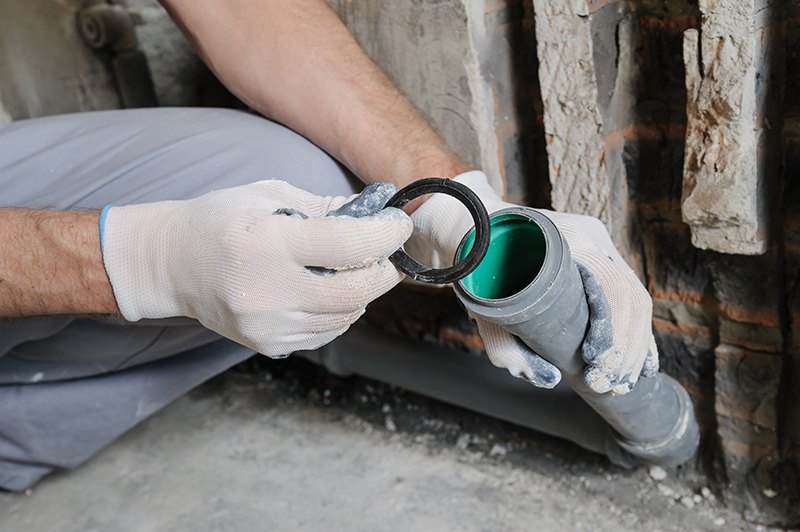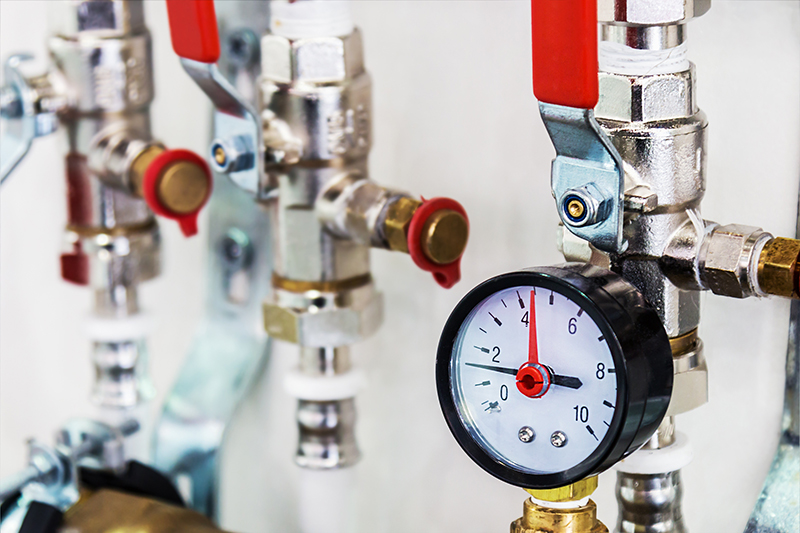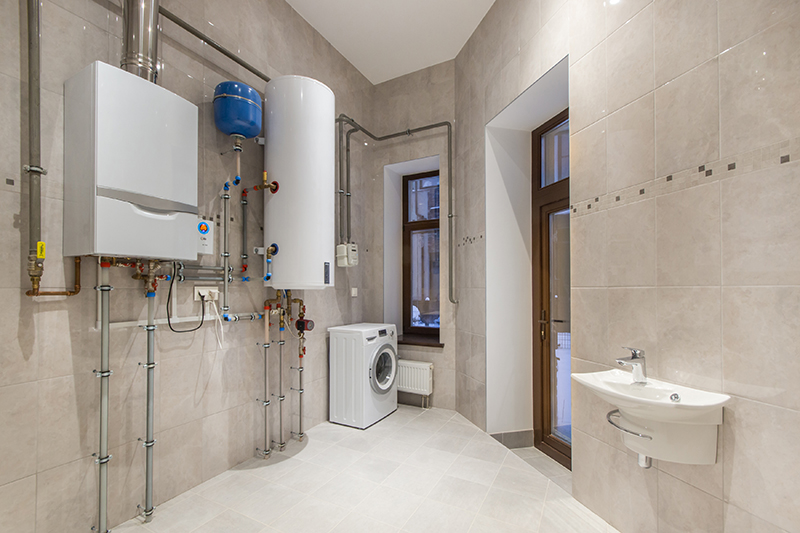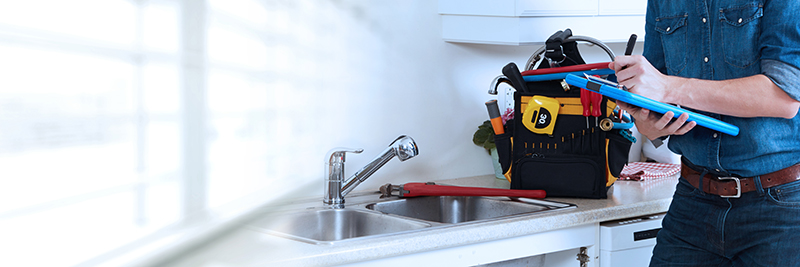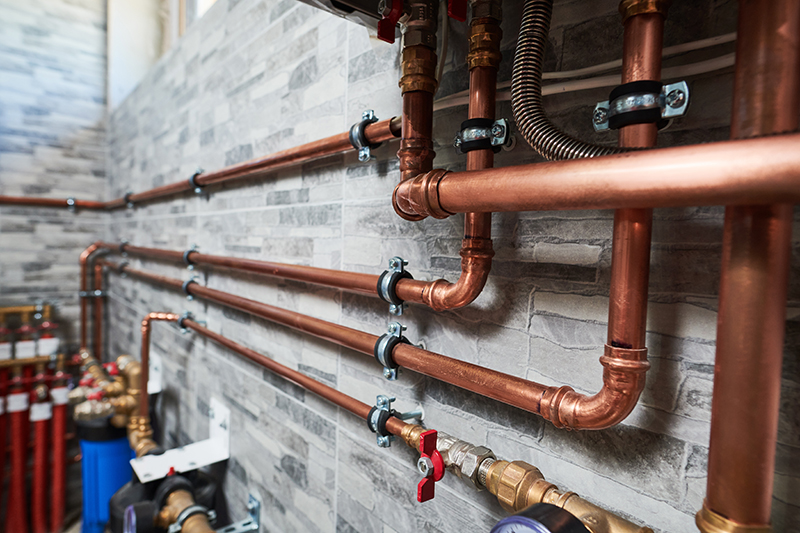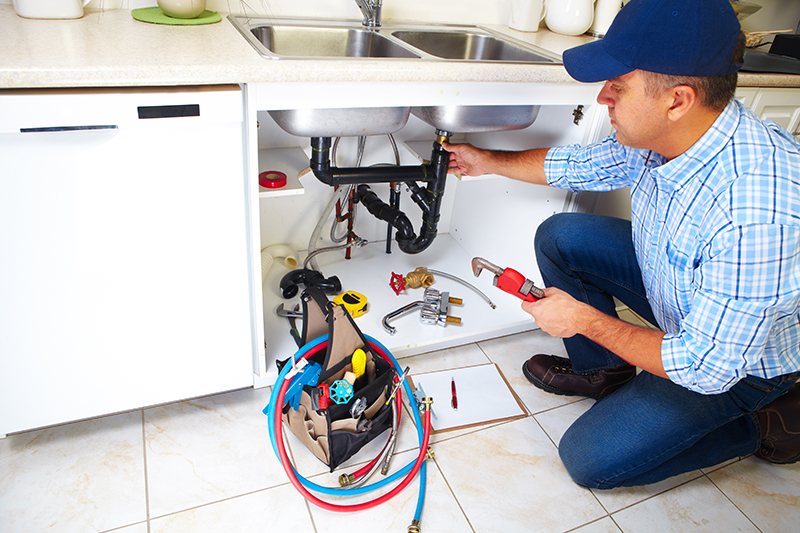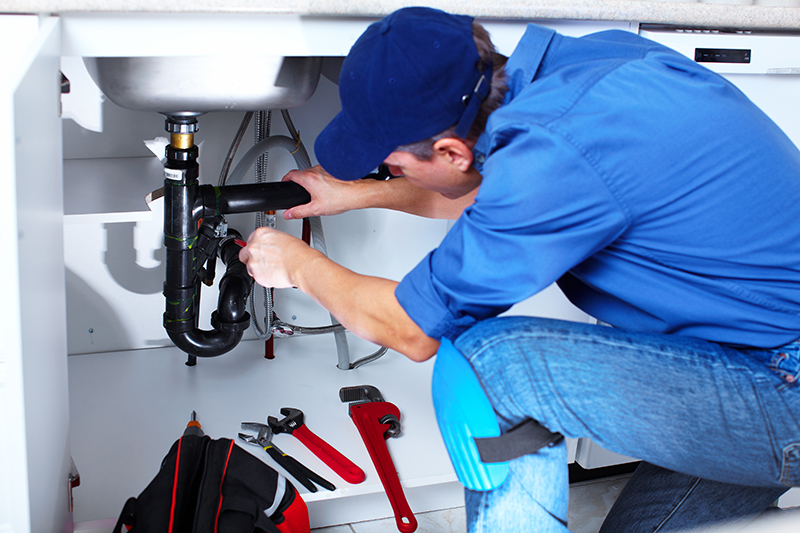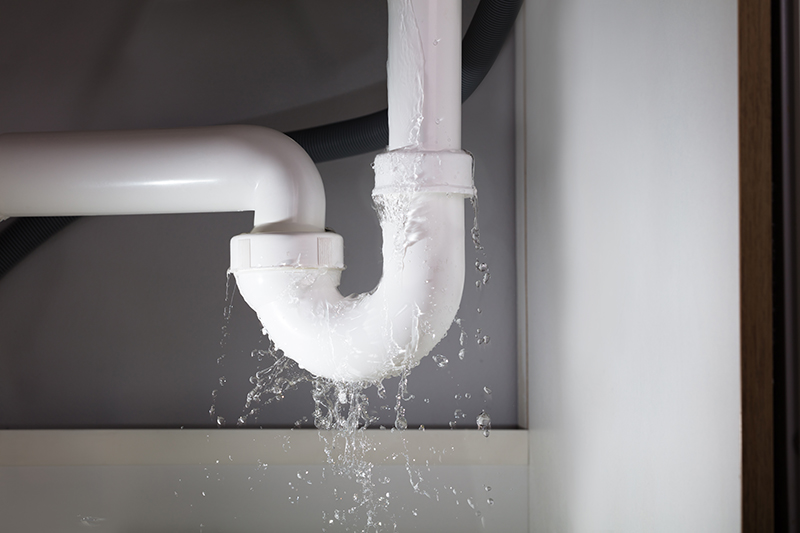If you have sewer pipes that need to be replaced, sewer drain pipe relining might just be what you’re looking for. In this article, we take a look at what pipe relining is, how it works and consider the main reasons why you should consider pipe relining instead of replacement.
How does pipe relining work?
Pipe relining involves inserting an epoxy resin tube into your sewer line. This resin tube is made of polyurethane or cured silicone rubber. The epoxy resin is flexible enough to follow the path of your sewer line without causing damage. Once the new material has been inserted, it’s covered with sand and gravel to restore sewer lines back to their original state. The process does not involve digging and takes less than 24 hours from start to finish, ensuring minimal downtime at home or work. Pipe relining is a highly effective option that is fast becoming popular throughout Australia because it delivers savings without compromising on quality.
Reasons why you should consider pipe relining instead of replacement
1. It saves time
Sewer drain line replacement can be a long process, taking a few days or even weeks, depending on the extent of the damage. Pipe relining, on the other hand, is a quick and easy solution. As mentioned above, it usually takes less than 24 hours from start to finish.
2. It saves money
Sewer pipe relining can save you up to 60% when it comes to plumbing costs. The process costs around half the price of pipe replacement, which makes it a highly cost-effective solution.
3. It’s fast
By relining pipes rather than replacing them, property owners will experience minimal disruption to their daily lives. For example, business owners won’t need to worry about traffic or road closures in front of their properties during sewer repair work, ensuring customers can still access their stores easily.
3. There’s no need for digging
Trenchless sewer relining means there is minimal disruption to your home or business premises as there is no need for digging. It also results in a reduced risk of sewer backup and sewer repair plumbers are less likely to come across tree roots, stones and other debris that can cause sewer line damage.
4. It lasts longer
Relined sewer lines last longer because modern resin technologies provide stronger and more durable pipes compared with older models. The technology has been around for more than three decades now, so you know it’s reliable.
5. It’s environmentally friendly
The process of sewer drain lining is also environmentally friendly because it reduces the amount of waste by up to 60%. Additionally, recycling raw materials from relined sewer lines helps reduce energy costs and the future costs of pipe replacement.
